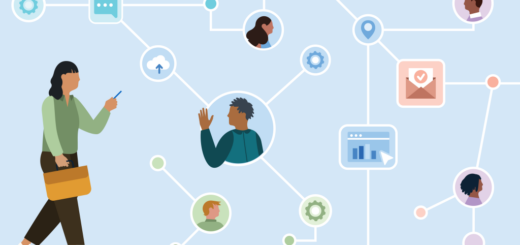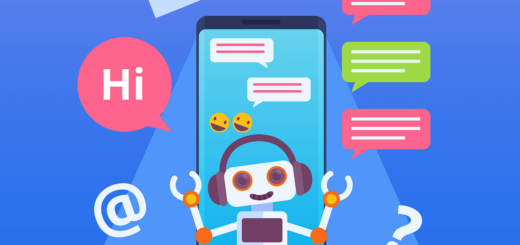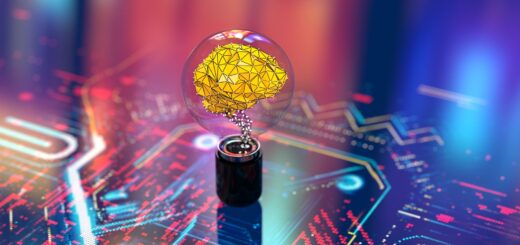AI-Powered Productivity Tools Gain Momentum in the Workplace
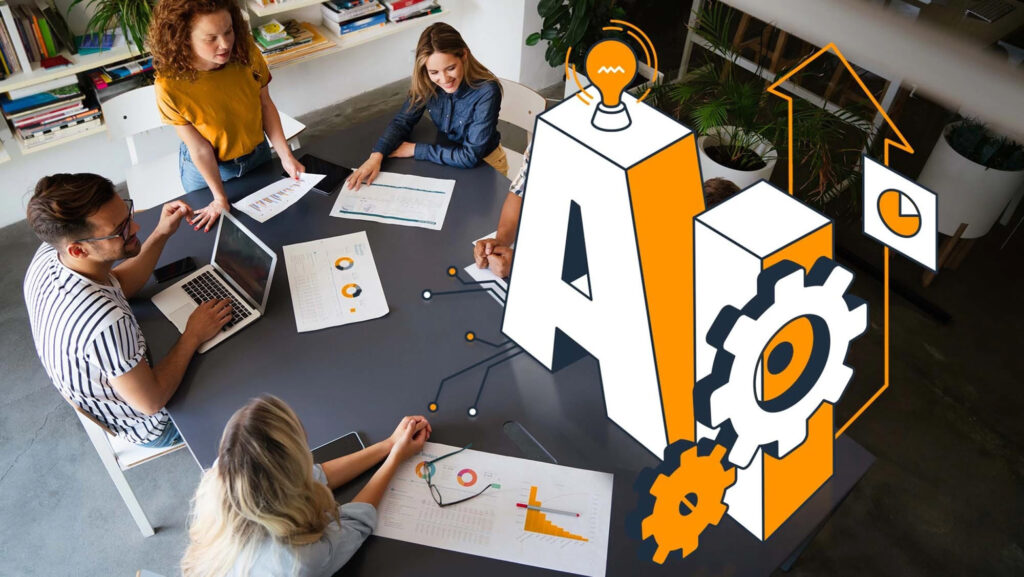
Workplaces are evolving at an unprecedented pace, driven by automation and digital transformation. While AI has long been a part of business operations, it was primarily used for data analysis, automation, and predictive insights. However, in early January 2023, a major shift occurred as AI-powered productivity tools gained widespread adoption across industries, reshaping how businesses approached daily workflows, content generation, and collaboration.
With the rapid rise of AI-enhanced writing assistants, code generators, task automation tools, and AI-powered search engines, businesses were beginning to redefine efficiency, streamline operations, and empower employees with new capabilities. The introduction of ChatGPT for professional use, AI-driven task managers, and intelligent workflow automation tools signaled a fundamental shift in how organizations handled productivity.
How AI Productivity Tools Transformed Business Operations
Traditional business software was built around fixed workflows, requiring manual input and structured processes. AI-driven productivity tools changed this paradigm by adapting dynamically to user needs, automating repetitive tasks, and providing real-time contextual insights.
Key improvements included:
- AI-powered document drafting and editing – Business professionals could now generate high-quality reports, emails, and marketing copy with minimal effort.
- Smart scheduling and task automation – AI assistants optimized meeting times, suggested priority tasks, and automated administrative work.
- Enhanced data retrieval and summarization – AI-driven search engines helped businesses extract key insights from vast amounts of information in seconds.
By integrating these tools, companies were reducing manual workloads, minimizing inefficiencies, and focusing on higher-value strategic work.
Practical Use Cases Emerging in Businesses
As AI-powered productivity tools became more accessible, businesses across different industries began incorporating them into daily operations.
1. AI-Powered Writing and Content Creation
- Marketing teams used AI to generate blog posts, ad copy, and social media content, significantly reducing production time.
- HR departments leveraged AI to draft job descriptions, internal reports, and employee communications.
2. AI in Corporate Decision-Making
- AI-driven analytics tools processed vast amounts of financial and operational data, providing executives with data-backed recommendations.
- AI-assisted risk assessment models helped companies identify market trends and potential investment opportunities.
3. AI in Workflow Optimization
- AI-powered assistants automated routine scheduling tasks, helping managers coordinate meetings and optimize team efficiency.
- Chatbots integrated into workplace collaboration tools provided real-time answers to employee inquiries, streamlining internal support systems.
The widespread adoption of these AI applications suggested that AI-driven productivity was no longer a luxury but a necessity for modern businesses.
Challenges and Ethical Considerations in AI-Driven Workplaces
While AI-powered productivity tools provided undeniable benefits, they also raised concerns regarding security, reliability, and workforce adaptation.
1. Over-Reliance on AI-Generated Content
- Businesses faced risks of AI-generated inaccuracies, requiring human oversight to validate outputs.
- The challenge of ensuring originality and avoiding AI plagiarism became a pressing issue in content creation industries.
2. Data Privacy and Security Risks
- AI tools relied on large datasets to improve performance, raising concerns about how sensitive corporate data was handled.
- Businesses had to implement strict AI governance policies to prevent unauthorized access or misuse of proprietary information.
3. Impact on Workforce and Employment
- As AI took over administrative and repetitive tasks, employees faced concerns about job displacement and changing roles.
- Companies needed to reskill workers, ensuring AI served as an enhancement rather than a replacement.
Addressing these challenges would determine how successfully AI productivity tools could be integrated into long-term business strategies.
What’s Next for AI in Business Productivity?
The introduction of AI-powered productivity tools in early 2023 marked the beginning of a larger transformation. Future developments were expected to include:
- Deeper AI integration with enterprise software – AI would be embedded into tools like Microsoft Office, Google Workspace, and CRM platforms.
- More personalized AI assistants – Business AI would evolve to understand individual work patterns and preferences, making recommendations tailored to specific users.
- Real-time AI collaboration tools – AI would assist in real-time brainstorming, live document editing, and intelligent project planning.
With AI productivity solutions advancing rapidly, businesses that adapted early would gain a significant competitive advantage.
A Turning Point in Workplace Productivity
The rapid adoption of AI-powered productivity tools in January 2023 represented a fundamental shift in how businesses approached efficiency, automation, and collaboration. Companies were no longer just experimenting with AI—they were actively integrating it into daily operations, transforming workflows across departments.
However, with these advancements came new responsibilities in data privacy, workforce adaptation, and ethical AI governance. Businesses that embraced AI responsibly would position themselves at the forefront of the next wave of digital transformation.
